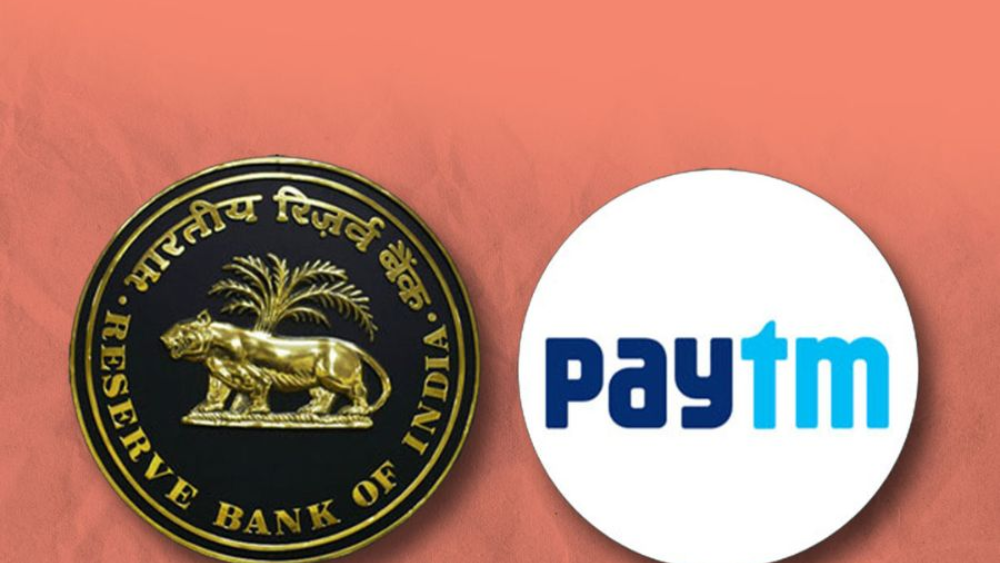Explore the latest analysis of Paytm stocks, covering recent market trends, financial updates, and growth prospects. Stay informed on key insights for investors.
Table of Contents
Introduction
Paytm, the popular Indian digital payments company, has recently faced significant challenges in the stocks market. In this article, we will delve into the recent developments surrounding Paytm’s stocks and analyze its recovery prospects. We will explore the impact of regulatory restrictions imposed by the Reserve Bank of India (RBI), the response from Paytm’s leadership, and the market’s reaction to these events.

The RBI Restrictions and Stocks Plunge : Paytm Stocks
On February 29, the RBI imposed restrictions on Paytm Payments Bank, forbidding it from accepting new deposits and conducting credit transactions. This decision triggered a sharp decline in Paytm stocks price, leading to a series of lower circuit locks. Over the course of four trading sessions, the stocks plummeted by a staggering 41%, reaching an all-time low of ₹395.
Paytm’s Recovery Efforts
Despite the challenging circumstances, Paytm’s leadership remains optimistic about the company’s future. CEO Vijay Shekhar Sharma reassured employees that there would be no layoffs, as Paytm continues to engage with the RBI to address the situation. He expressed confidence in finding a solution and emphasized that the Paytm app would continue to operate beyond the imposed deadline.
Market Response and Investor Sentiment
After three days of continuous decline, Paytm stock showed signs of recovery, gaining 5% in a single day. This upward movement provided a glimmer of hope for investors who had witnessed the stock’s steep decline. However, the question remains: Will this recovery last?
Regulatory Impact on Paytm’s Competitors
The RBI’s restrictions on Paytm have prompted businesses to consider alternative payment applications. Traders’ body Confederation of All India Traders (CAIT) issued an advisory urging businesses to shift away from Paytm. This development raises concerns about potential financial disruptions for small traders, vendors, hawkers, and women who heavily rely on Paytm for transactions.
Paytm’s Potential Partnerships
Amidst the crisis, rumors circulated that Mukesh Ambani’s Reliance Industries might acquire Paytm’s wallet business. However, Jio Financial Services denied these reports, emphasizing that they were not in talks with Paytm for such a deal. As the situation unfolds, it remains to be seen whether Paytm will forge new partnerships to strengthen its position in the market.
Paytm’s Relative Strength Index (RSI) and Technical Analysis
Technical analysis of Paytm stock reveals interesting insights. The Relative Strength Index (RSI) is a commonly used indicator to assess overbought and oversold conditions. Paytm’s RSI, which was previously in “overbought” territory, has now declined to levels of 18. A reading below 30 suggests that the stock is in “oversold” territory, potentially indicating a buying opportunity for investors.
Expert Opinions on Paytm’s Recovery Prospects
Financial experts and market analysts have been closely monitoring Paytm’s situation and offering their insights. While some remain cautious about the stock’s recovery, others believe that Paytm’s brand value and market presence will help it bounce back. The outcome will depend on the company’s ability to navigate the regulatory challenges and restore investor confidence.
Paytm’s Impact on the Digital Payments Landscape
Paytm’s struggles have wider implications for the digital payments landscape in India. As one of the leading players in the industry, Paytm’s setbacks could create opportunities for its competitors to gain market share. The evolving dynamics of the sector, coupled with regulatory changes, will shape the future trajectory of digital payments in the country.
Paytm’s Long-Term Strategy
In the face of adversity, Paytm will need a robust long-term strategy to regain its footing in the market. This may involve diversifying its offerings, exploring new partnerships, or strengthening its compliance and risk management processes. As the company navigates through this challenging period, its strategic decisions will play a vital role in determining its future success.
Conclusion

Paytm’s recent journey in the stock market has been tumultuous, with significant declines and subsequent signs of recovery. The RBI restrictions and market reactions have tested the resilience of the company. However, Paytm’s leadership remains determined to overcome these challenges and restore investor confidence. As the situation evolves, all eyes will be on Paytm’s recovery efforts and its ability to adapt to the changing regulatory landscape
